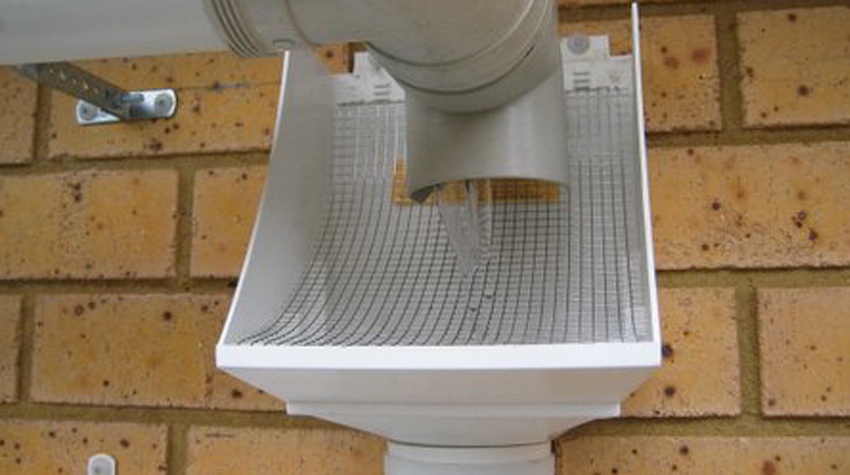
There are many components that you can include on your rain harvesting system. However, knowing what is important will help you set up a complete system that fits your budget. A rain collection package can sometimes add up to be quite expensive. To help you save installation time and money, I have recommended five key components of a rainwater harvesting system that will keep your water as clean as possible.
5 Must-Have Rainwater Harvesting Components You Will Need:
- Collection Area - This component refers to your roof. This is an obvious component as you can't harvest rain water without a roof. This is the first point of contact for the rain fall. The volume of water you harvest will depend on the surface area of your roof.
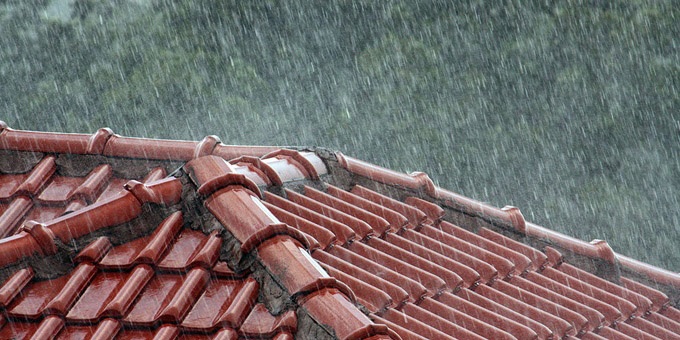
- Conveyance System - A Conveyance system is a fancy word for downspouts and gutters. Without gutters you can't catch the water that falls on your roof. Including the right piping and gutters means the water will run off the roof and into your tank without collecting unneeded debris. The most common materials for gutters and downspouts are half-round PVC, vinyl, pipe, seamless aluminum, and galvanized steel. There are other necessary components you need to add to your downspout and gutters. This includes mount hardware, brackets, and straps to fasten the gutters and downspout to the fascia and the wall.
Pro tip: For potable water systems, lead cannot be used as gutter solder, as is sometimes the case in older metal gutters. The slightly acidic quality of rain could dissolve lead and thus contaminate the water supply.
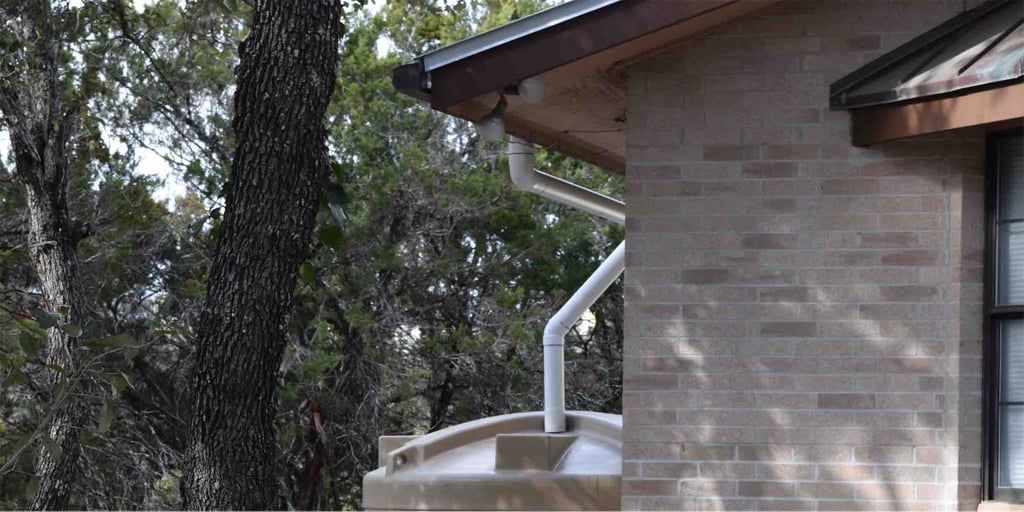
- First Flush Diverter - When the first lot of rain hits your roof and runs into your gutters, the water often contains a lot of pollutants from the air and debris on the roof. The first flush diverter is a popular system that includes a valve that ensures the runoff from the first spell of rain is flushed out and does not enter the system.
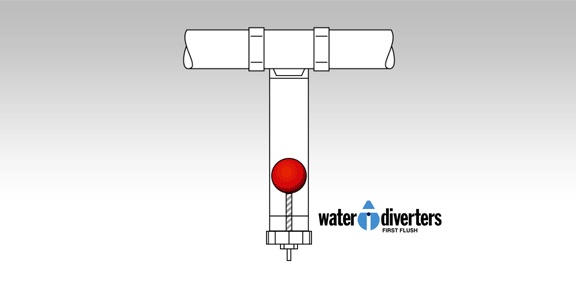
- Leaf Screens - Having the right filtration system in place is critical. Especially if you are Harvesting potable water that you will be drinking or using for your laundry. A sophisticated filtering system is needed to ensure harmful contaminates are removed. Leaf screens are installed along the gutter, in the downspouts and at the entrance of the water storage tank.
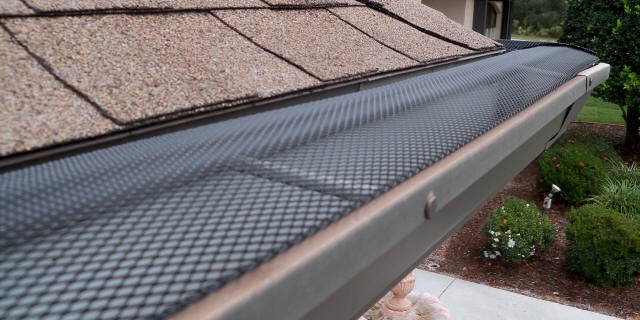
- Water Storage Tank - This is a key component of your complete system. Your storage system may be above ground or below ground and include more than one tank. Some of the common materials used for rain harvesting tanks are poly, galvanized steel and concrete.
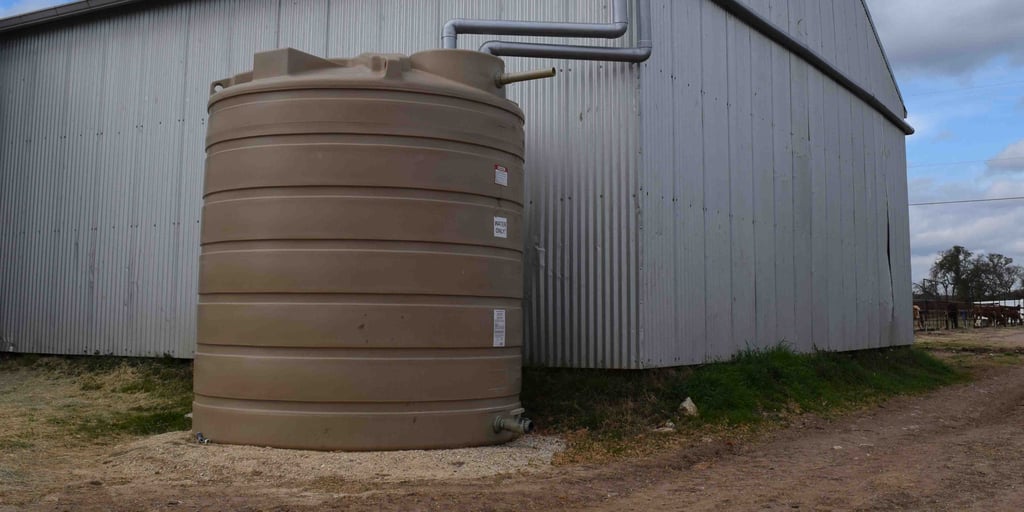
Rainwater harvesting is a great way to capture rainfall and use for a variety of applications. Although it is relatively simple, having the right components in place will ensure that your system works for you, and you get the quality of water you deserve! If you currently have a rain harvesting system installed and you use a component that is not mentioned here, we would love to hear about it. Just add a comment below.







